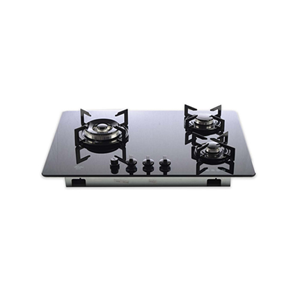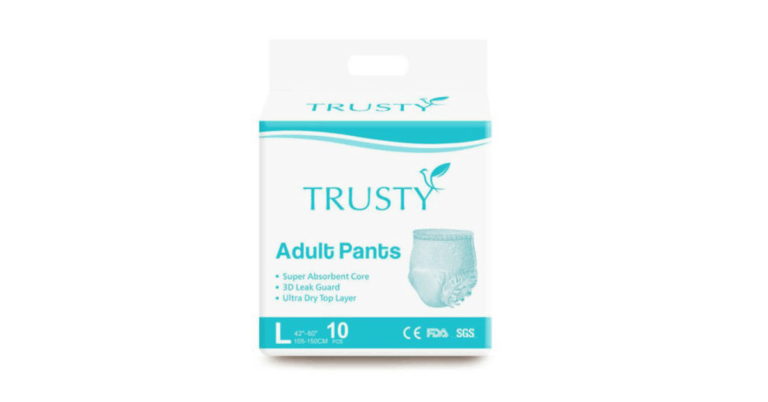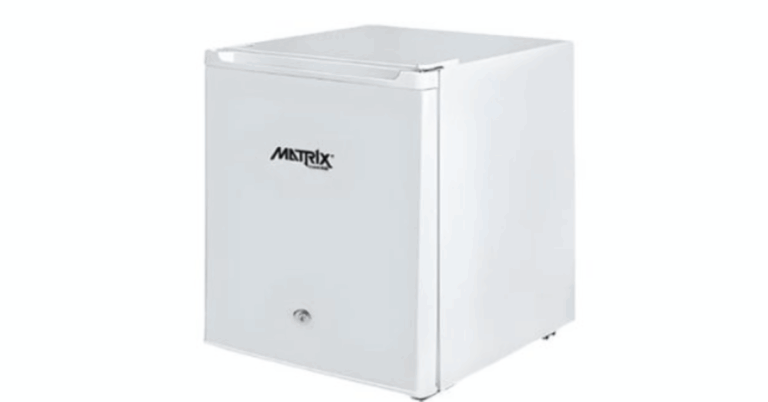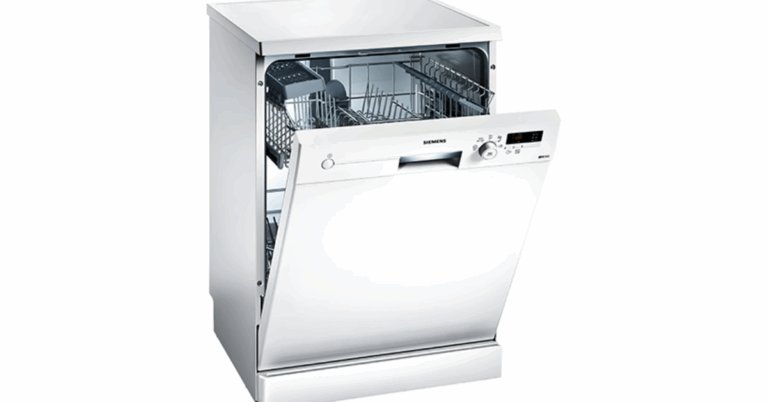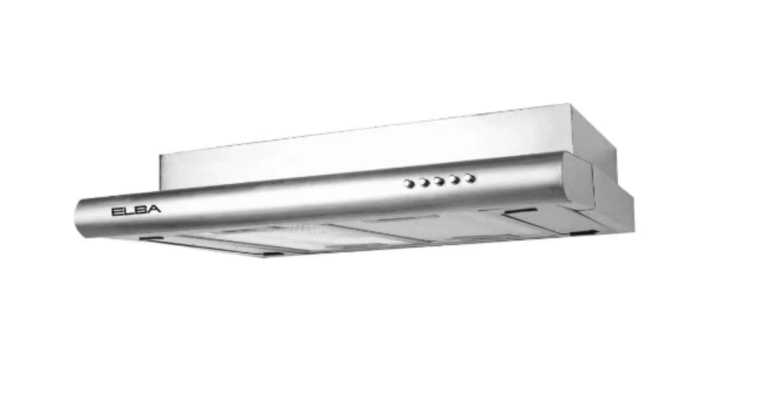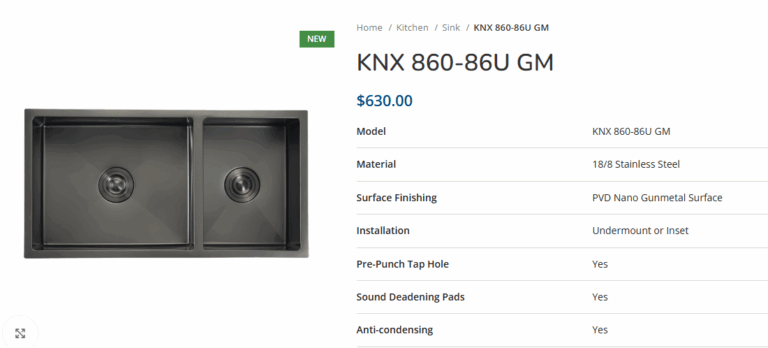Choosing the Perfect Hob & Hood Singapore Homeowners Swear By
When outfitting a modern kitchen in Singapore, the phrase “Hob & Hood Singapore” is one of the most searched and discussed amongst homeowners, interior designers, and appliance retailers. In a compact climate that demands efficient ventilation while maintaining aesthetic harmony, selecting the right hob and hood pairing becomes not just a matter of cooking performance, but of style, air quality, and convenience. In this article, we dive into the essential factors to consider when choosing a hob and hood setup in Singapore, current trends shaping the market, the technical nuances you must know, and tips on maintenance to prolong performance all grounded in the local context and consumer expectations.
The Singapore Kitchen Context: Why Hob & Hood Matters
Singapore’s urban living environment dominated by high-rise apartments (HDB flats, condominiums, landed homes) places unique demands on kitchen design. Kitchens are often compact, with limited ceiling height and minimal ventilation pathways. As such, smoke, grease, moisture, and cooking odours can quickly turn into persistent nuisances if not properly managed.
A well-matched hob (cooktop) and hood (extractor) system plays a pivotal role in ensuring your kitchen remains comfortable, clean, and healthy. The hood helps expel or filter out airborne grease, smoke, steam, and odors, while the hob provides the cooking interface you interact with daily. In Singapore’s humid climate, good ventilation is key not only for comfort but also for reducing mold risk and protecting finishes on cabinets and walls.
Moreover, modern Singapore kitchens often favor sleek, integrated designs so both hob and hood now double as style statements rather than functional add-ons. Many local brands and distributors design around these constraints by producing hoods with slim profiles, silent motors, integrated lighting, and multi-stage filtration systems.
Key Considerations When Choosing Your Hob & Hood
1. Type of Hob: Gas, Induction, or Hybrid
Gas hobs remain popular for those who like flame control and use cookware like woks. But they produce combustion gases, heat, and oil particulates making a powerful hood essential.
Induction hobs are energy efficient, fast, and safer (surface stays cooler). They produce less heat into the kitchen but still release steam and food odors that the hood must evacuate.
Hybrid / combination hobs (e.g. induction + radiant zones) are emerging, offering flexibility for different cooking styles. Local brands in Singapore are also introducing more smart, hybrid models.
When choosing a hob, make sure the electrical load and wiring in your home support induction units, since higher wattage demands and safety interlocks may be required.
2. Extraction Type: Ducted vs Recirculating
Ducted (vented) systems expel the air outside via ducts. They are more effective at removing odours and moisture. However, in many Singapore apartment layouts, installing ductwork can be challenging or even disallowed.
Recirculating (ductless) systems filter air with charcoal and grease filters and return it to the kitchen. These are easier to install in tight spaces but tend to be less efficient at completely removing smells.
If ducting is not feasible, choose a hood with powerful fans, multiple filtration stages, and carbon/charcoal filters for better odor absorption.
3. Suction Power & Fan Efficiency
Suction power (measured in cubic meters per hour, m³/h) determines how many times per hour the hood can cycle your kitchen’s air. For Singapore homes, look for hoods offering strong extraction (e.g. 700–1,200 m³/h) for effective ventilation in busy cooking kitchens.
Additionally, consider noise levels—strong fans tend to create more noise. Check decibel (dB) ratings and opt for models with noise suppression or multiple speed levels to balance performance and comfort. Many local brands advertise quiet or low-noise features.
4. Hood Size, Profile & Installation Height
Your hood should cover the width of your hob (ideally a bit wider). If your hob is 60 cm, a 60–90 cm hood is suitable; for wider cooktops, match accordingly. Because Singapore kitchens often have lower ceilings, slimline or angled hoods are increasingly popular. These profiles reduce vertical projection while still capturing rising steam.
Installation height matters: too low and pots block extraction; too high and efficiency reduces. A general guideline: 65–75 cm above gas hobs, or slightly higher for induction types.
5. Filter Design & Maintenance
Grease filters (typically aluminum mesh or baffle type) and carbon filters (in recirculating setups) are essential components. Filters must be removable and easy to clean (dishwasher compatible is a plus). In Singapore’s humid environment, grime accumulates faster, so ease of cleaning is critical.
Choosing removable filters with minimal hidden corners and grease-resistant coatings will reduce your maintenance burden.
6. Smart Features, Lighting & Finishes
Modern hoods may include:
Touch or gesture controls — let you operate the hood without touching greasy buttons.
Timer functions — the hood can continue running after you finish cooking.
LED lighting — bright, energy-efficient lights directly over the hob.
Oil collection trays — to gather grease for easier cleaning.
Stylish finishes — glass, black, stainless steel designed to blend seamlessly with modern kitchen aesthetics.
Given Singapore’s design trend toward minimalism and integrated appliances, matching finishes (e.g., black glass hob with black glass hood) is increasingly the norm.
Trends Driving the Hob & Hood Scene in Singapore
Minimalist, Seamless Integration
Homeowners are leaning toward concealed or integrated hoods that hide behind cabinetry or pop up only when needed, to maintain clean sightlines in open-plan homes. Sleek, frameless hoods and flush-mount designs are gaining traction.
Smart & Automated Features
Gesture-controlled hoods, automatic fan speed adjustment based on smoke levels, and IoT-connected units are coming into play. They help reduce user effort while maintaining optimal performance.
Hybrid Extraction & Extractor Hobs
Some new systems integrate extraction directly into the hob (downward extraction), eliminating the need for overhead hoods. Though not yet widespread in Singapore, this trend is emerging globally and may seed local adoption in the coming years. Tom’s Guide
Colour & Finish Variety
Manufacturers now offer hoods in monochrome, textured blacks, two-tone combinations, and matte finishes to complement chic kitchen themes.
Demand Driven by Urbanization & Renovations
As people invest more in renovating their homes and making them comfortable in warm, compact apartments, the residential cooker hoods market in Singapore continues to grow steadily.
Recommendations & Product Tips (Based on Local Market)
Here are practical tips as you choose your own hob & hood in Singapore:
Always match hood width to or slightly wider than the hob.
In tight spaces or where ducting is impossible, invest in a strong recirculating hood with multiple filters.
Prioritize hoods whose filters are easy to remove, wash, and reassemble.
Choose products from reputable local distributors so after-sales service, spare parts, and warranty support are assured.
During renovations, consider embedding ducting or ventilation paths proactively to future-proof your kitchen.
Test noise levels (especially on highest suction) before committing some feedback from Singapore users notes high decibel values under full load.
Also, read real user reviews from homeowners in Singapore. Some report that even with a good hood, grease buildup still occurs in cabinetry if ventilation is inadequate.
Maintenance & Best Practices
To keep your hob & hood system performing well:
Clean filters regularly — every 1–2 weeks depending on cooking frequency.
Wipe hood surfaces with degreasing agents to prevent sticky buildup.
Replace charcoal filters (for recirculating hoods) regularly—usually every 6–12 months.
Check ducting (if ducted) for blockages or grease accumulation periodically.
Balance fan usage — use high speed while cooking, and a low “after-run” mode post-cooking to clear lingering fumes.
Avoid splattering — using lids or splatter guards reduces grease in the air stream.
Ventilate the kitchen — opening windows or using ancillary fans helps relieve pressure and humidity.
With proper upkeep, a quality hob & hood system can last many years, preserving both air quality and kitchen aesthetics.
Conclusion
For the modern Singapore household, the phrase “Hob & Hood Singapore” is more than a keyword it encapsulates a quest for balance between functional cooking performance, elegant looks, and indoor comfort. Given spatial constraints, humidity, and layout challenges typical of Singapore living, selecting a well-matched hob and hood system is critical for creating a kitchen that feels fresh, stylish, and efficient.
By prioritizing the right combination of hob type (gas, induction, or hybrid), extraction method, suction power, hood profile, filter design, and smart features while keeping an eye on local trends you can ensure your kitchen is ready for years of enjoyable, odor-free cooking.

